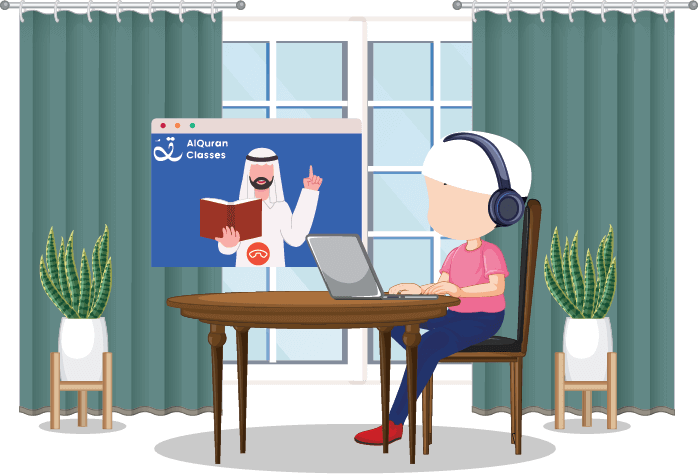As a business professional, effective communication is key to your success. Communicating can make or break your success, whether you’re giving a presentation, writing a report, or negotiating a deal. Mastering business communication is essential to succeed in today’s fast-paced and competitive business world.
This comprehensive guide will cover the critical elements of effective business communication and provide practical tips and strategies to help you ace your next assignment. Whether you’re a seasoned professional or just starting your career, you’ll find valuable insights and actionable advice to help you communicate more effectively and achieve your goals.
Understanding the Elements of Effective Business Communication
The critical elements of effective business communication include:
- Clarity
- Concision
- Coherence
- Correctness
Clarity
Clarity is the most critical element of effective business communication. When you communicate, your message is easy to understand and reaches your intended audience in the way you intended. To achieve clarity in your communication, you must be precise, concise, and direct in your language and use an appropriate tone and style for your audience.
Concision
Concision is the art of communicating your message using the fewest words possible without sacrificing clarity or impact. A concise message is more likely to be remembered, saving time and reducing the risk of misunderstandings. Avoid using complex language or filler words, and focus on making your message as clear and concise as possible.
Coherence
Coherence is the flow and logical structure of your communication. A well-structured message is easy to follow and makes your point more convincing. To achieve coherence, you should organize your information logically, use clear headings and subheadings, and link your ideas together clearly and consistently.
Correctness
Correctness refers to the accuracy of your message and the use of appropriate language, grammar, and punctuation. To achieve correctness, you should always proofread your work, use a spell checker, and take the time to ensure that your message is error-free and professional.
Practical Tips for Effective Business Communication
Here are some practical tips and strategies that will help you master the critical elements of effective business communication:
- Know your audience
- Be clear and concise
- Use appropriate tone and style
- Be well-prepared
- Use visual aids
- Be confident and relaxed
Know Your Audience
The first step in effective business communication is to understand your audience. You need to know who your audience is, what their needs and interests are, and how best to communicate with them. When you understand your audience, you can tailor your communication to meet their needs and ensure that your message is well-received.
Be Clear and Concise
As mentioned earlier, clarity and concision are essential elements of effective business communication. To achieve these, you should use clear and concise language and avoid using complex or filler words. Use simple, direct language and aim to get your message across in the fewest words possible.
Use Appropriate Tone and Style
The tone and style of your communication should be appropriate for your audience and your message. For example, a formal tone is appropriate for a business report, while a more relaxed and conversational tone is appropriate for a sales presentation. Always consider the context of your communication and choose an appropriate and effective tone and style.
Be Well-Prepared
Before you communicate, it’s essential to be well-prepared. This means researching, gathering all the necessary information, and organizing your thoughts logically and clearly. Make sure you clearly understand your message and the points you want to make and take the time to practice your delivery to be confident and relaxed when you communicate.
Use Visual Aids
Visual aids, such as slides, diagrams, and graphs, can be very effective in helping you communicate your message. They can help you illustrate complex ideas, provide a clear visual representation of data, and make your message more engaging and memorable. However, it’s important to use visual aids wisely and not overuse them, as too many can be distracting and undermine your message.
Be Confident and Relaxed
Finally, it’s essential to be confident and relaxed when you communicate. You want to convey a sense of competence and control, and the best way to do this is to be relaxed and confident in your delivery. Practice your delivery and focus on controlling your body language and tone of voice, and make sure you are well-prepared so that you are not stressed or worried about forgetting something important.
Bottom line
In conclusion, effective business communication is essential to succeed in today’s fast-paced and competitive business world. By understanding the critical elements of effective communication and using practical tips and strategies, you can master the art of effective business communication and achieve your goals. You can get business communication assignment help from online





